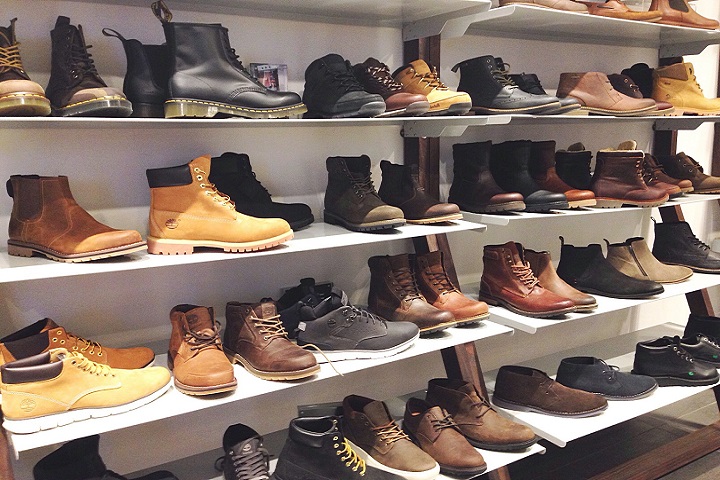The layout and shelving systems you have in your retail store are far more critical than some people realize. It would benefit if you were sure that you had the right shelves and the proper layout for your store. There’s not a one-size-fits-all solution that will work for everyone, of course. However, there are some tips to keep in mind and essential factors that will guide your decisions when you shop shelving for your store.
Table of Contents
1. Consider the Products You Sell
When choosing shelving systems, you need to think about the types of products you are selling. Please make sure the plans you have in place work well with the sorts of items you have, so there is enough space for them to fit correctly.
2. Consider the Measurements of Shelving Systems
When bringing in new shelves to the store, don’t get carried away with getting too large or buying too many. Measure your store and the frames to ensure everyone has enough space to walk once they are in place.
3. Make Changes to Keep the Design New
Don’t stick with the same design for years. Shop shelving options occasionally to make some changes and keep the look fresh.
4. Consider Freestanding Units
Freestanding units can work well in different parts of the store. Using these, along with wall units, could be just what your store needs.
5. Consider Using Pegboards for Some Products
If you have products that can hang and that are lightweight, you will want to consider getting pegboards. They can work well for putting up a lot of merchandise in a relatively small area.
6. Clutter Is Bad
You don’t want to clutter your shelves and pegboards with too many products. The store should look like it has enough merchandise, but your frames should never look too cluttered or disorganized.
7. Shelve Most Desirable Products Toward the Back of the Store
Regardless of the type of shelving units you choose, make sure that you place the most desirable and most commonly sold items toward the back of the store. This way, the customer has to walk through the store to get what they need. This increases the chance of them stopping and looking at other products on your shelves, potentially adding more to their purchase.
8. Shelve Seasonal Products Near the Front
If you offer seasonal products in your store, as so many businesses do, they should be presented on shelving systems toward the front of the store. These types of products should be what greet the customers as soon as they arrive.
9. Keep High-Value Merchandise Safe
If you sell expensive merchandise in your store, you need to keep it safe with suitable types of shelves. You should also make sure that you keep those products toward the back of the store rather than the front, making them more challenging to steal.
10. Consider Your Store Aesthetics
When you choose shelving systems, you also need to think about your store’s overall aesthetics, which can help you determine the best styles and colors for shop shelving.
When you keep these factors in mind, choosing the correct shelving systems for your retail shop becomes easier. With some planning, you can make the perfect layout for your store, prominently displaying your products and making them more accessible for your customers to access.

